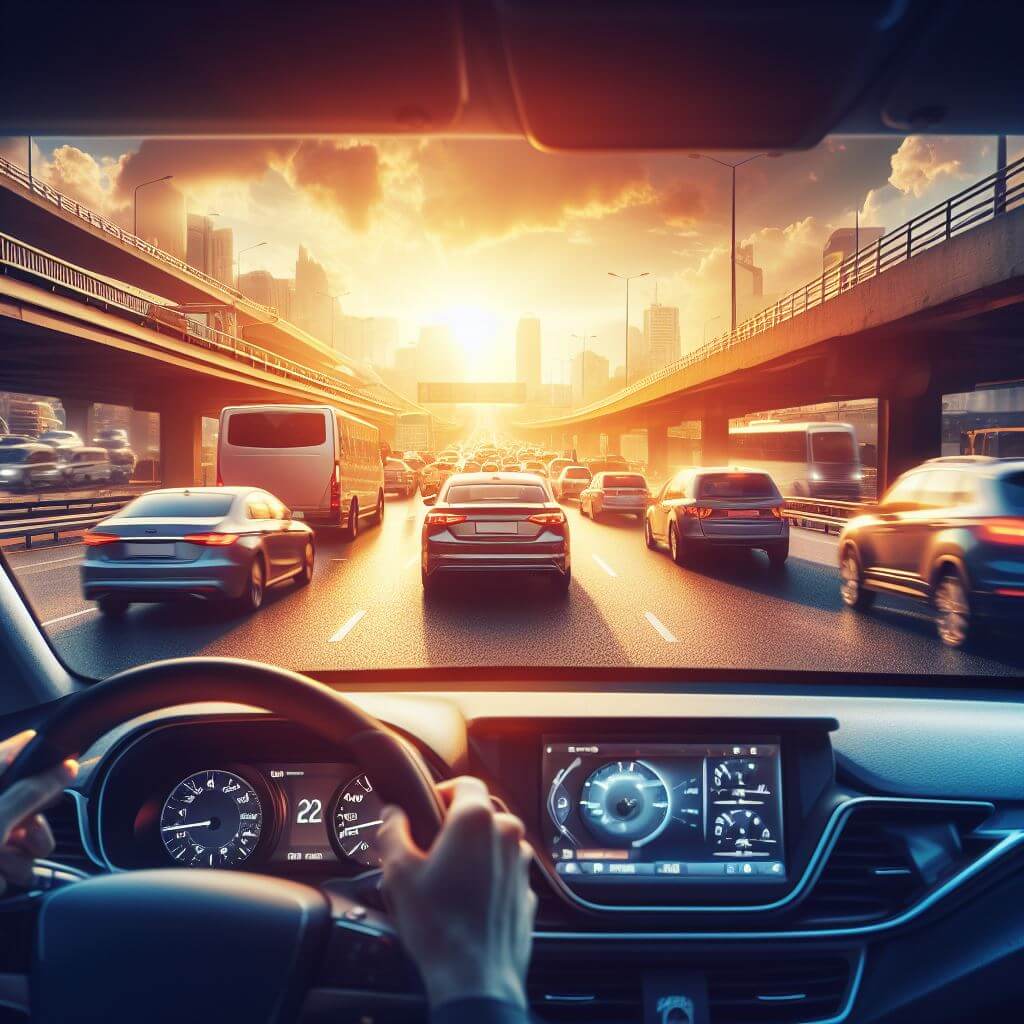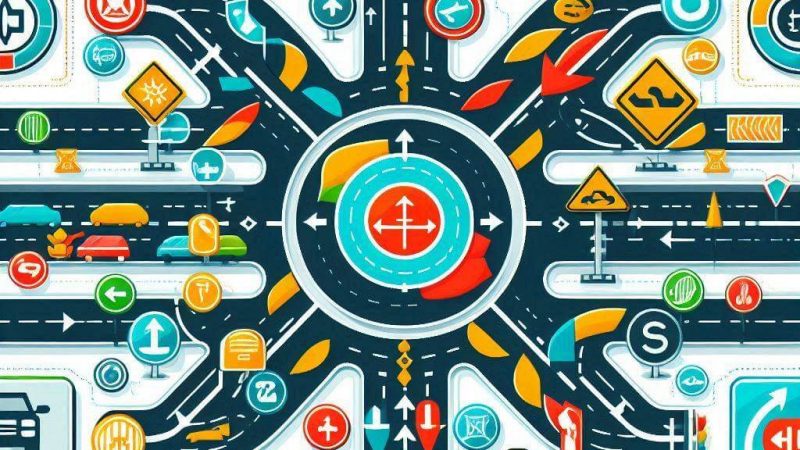Tips for Driving in Heavy Traffic

Driving in heavy traffic can be a stressful and challenging experience. Congested roads, impatient drivers, and unpredictable situations can make it difficult to reach your destination efficiently and safely. However, with the right mindset, preparation, and strategies, you can navigate heavy traffic with confidence. In this article, we will provide you with essential tips to help you conquer the chaos of heavy traffic and arrive at your destination stress-free.
Contents
1. Plan Ahead
One of the most effective ways to deal with heavy traffic is to plan your journey in advance. Before you even leave your house, utilize traffic apps, or check online for the latest traffic updates. This will help you identify alternate routes, avoid known congested areas, and choose the best possible time to travel.
2. Leave Early
Allow yourself plenty of time for your journey, especially if you know you’ll be dealing with heavy traffic. Leaving early can make a significant difference in your overall driving experience. It not only reduces stress but also allows you to drive at a more relaxed pace, enhancing your safety on the road.
3. Stay Calm and Focused
Maintaining a calm and focused mindset is crucial while driving in heavy traffic. Keep your emotions in check and avoid getting frustrated or agitated. Anxiety and anger can negatively affect your decision-making skills and reaction times. Listening to calming music or engaging in deep breathing exercises can help you stay composed.
4. Keep a Safe Distance
Maintain a safe following distance between your vehicle and the one in front of you, especially in heavy traffic conditions. A safe rule of thumb is the “three-second rule.” Keep a distance that allows you to count at least three seconds between the vehicle ahead of you and your own. This will give you enough time and space to react to sudden stops or lane changes.
5. Use Your Mirrors Effectively
To safely maneuver through heavy traffic, it’s essential to use your rearview and side mirrors effectively. Continuously scan all mirrors to be aware of your surroundings. This will help you anticipate sudden lane changes, merges, or any potential hazards.
6. Utilize Indicators and Signals
Communicating clearly with other drivers is paramount. Always use your indicators to signal lane changes or turns well in advance. This not only ensures that others are aware of your intentions but also helps reduce the likelihood of an accident due to sudden movements.
7. Avoid Distractions
In heavy traffic situations, distractions can be even more dangerous. Avoid using your mobile phone, eating, or engaging in any activity that diverts your attention from driving. Focus solely on the road ahead, your mirrors, and the movement of other vehicles.
8. Be Predictable
Consistency is crucial while driving in heavy traffic. Avoid sudden lane changes or abrupt movements that can startle or confuse other drivers. Maintain a steady speed whenever possible and adhere to traffic regulations to create a safe and predictable environment for everyone on the road.
9. Practice Defensive Driving
Adopting a defensive driving mindset goes a long way in heavy traffic. Stay alert, anticipate the actions of other drivers, and be prepared to react quickly if necessary. Pay attention to the road signs, signals, and potential hazards that may arise in busy traffic conditions.
10. Stay Informed
Stay up-to-date with the news and local traffic reports. Knowing about any ongoing roadwork, accidents, or other traffic-related incidents allows you to make informed choices when selecting your route. This knowledge can help you plan alternate paths and avoid unnecessary delays or complications.
Driving in heavy traffic requires patience, alertness, and a proactive approach. By planning ahead, staying calm, and following these essential tips, you can navigate through congested roads safely and with minimal stress. Remember, the key is to prioritize safety over reaching your destination quickly. By doing so, you contribute to a safer and more harmonious traffic environment for everyone.


